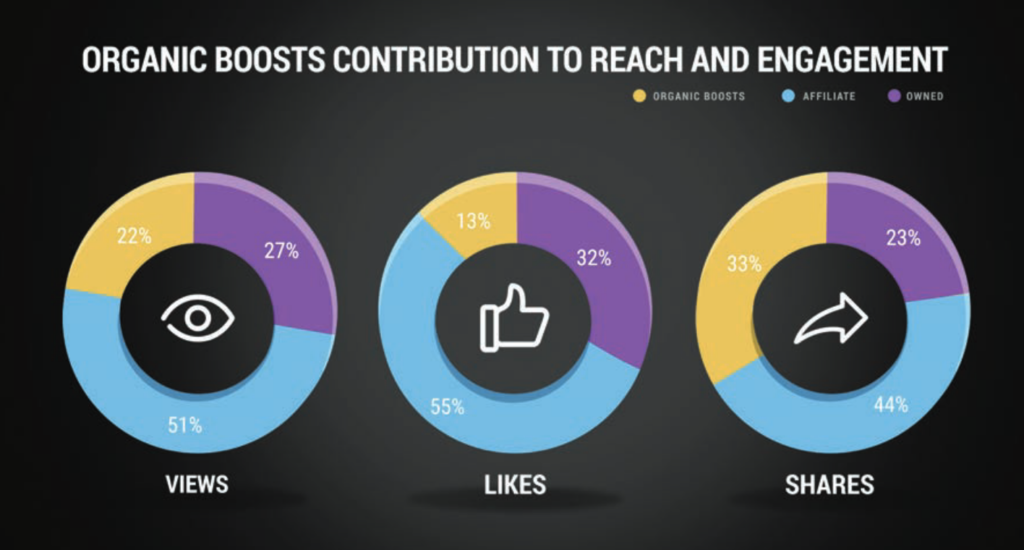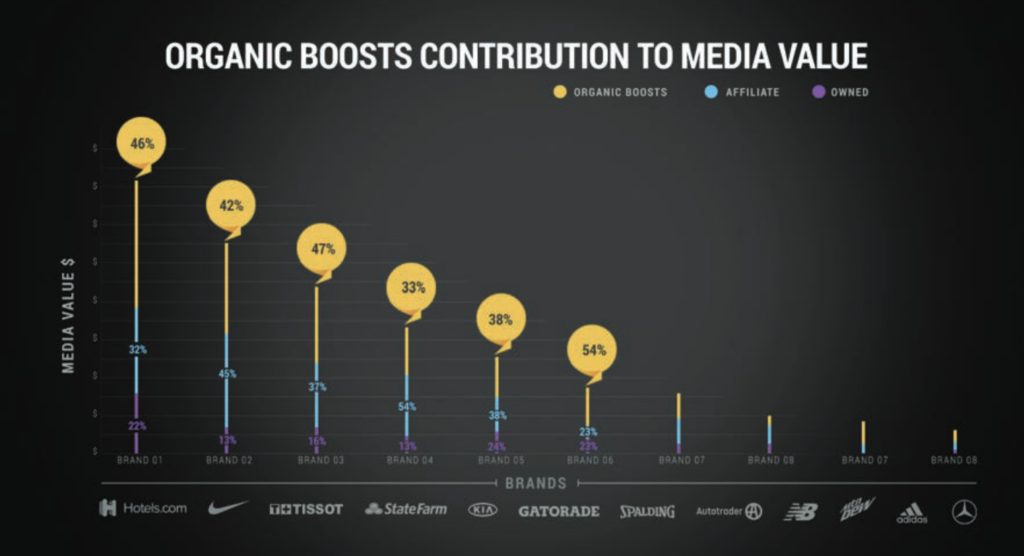
M&E Journal: Balancing Between Fan Engagement and Piracy on Social Media
Up until now, marketing and anti-piracy groups did not need to work together lock-and-step, since company policies set the direction of how to handle user-generated content (UGC), as it related to what is deemed piracy, and what is monetized.
But, given the rise of social media and it’s important in communicating information and spreading news, UGC has become a go-to choice in messaging; if a picture is worth a thousand words, then UGC video is worth a million views.
UGCs can be clips of movies, TV shows, or ads, as well as highlights of a sporting event.
 Many UGCs are genuine messages from fans, who are either celebrating a moment or inserting a comment to accentuate a meaning with the expectation of evoking an emotion-al response that would ultimately be copied, shared and viewed across the various social platforms garnering thousands of copies and millions of views.
Many UGCs are genuine messages from fans, who are either celebrating a moment or inserting a comment to accentuate a meaning with the expectation of evoking an emotion-al response that would ultimately be copied, shared and viewed across the various social platforms garnering thousands of copies and millions of views.
The power social media has unleashed is the significant influence of crowd sourcing, making the consumer a voice of value for products.
It’s estimated that Facebook and Google will share 61 percent of the digital advertising market in 2021.So how are content owners capitalizing on these UGCs? How are they being measured to determine if they should be monetized or taken down for unauthorized use? Today they are handled by static policies, like take down any UGC longer than three minutes, as an example.
The most common practice with short-form UGC is to forbid it and hope it forces the eyeballs to shift to the content owners’ monetizing channels.
This policy buries the opportunity to monetize outside the content owners’ official channels, as these blanket policies do not give room to measure the media value of the fan engagement as they copy, reupload and expose to more viewers in their network. This system is not optimal, because most content owners are not capturing the value be-cause they are not properly quantifying the exposure.
Advanced companies are reevaluating their short forms and their policies as they’re beginning to see that it adds value to the brand and media, quantifying the balance, and test and evaluate what is the best policy.
Because one size does not fit all.
Videocites unlocks the impact of UGCs to reveal the actual fan engagement and effective media value, thus allowing rights holders to better evaluate their policies in a quantifiable and genuine way.
Figure No. 1 is a sample of the activities of the various highlights of a sports event and the engagement coming from the channels of the rights holder (in purple), his official affiliates (blue) and UGC/organic boosts (in yellow), which were so far unmeasurable. Figure No. 2 shows an example to the effective media value and how it is increased by UGC that organically boosts the content.
 Videocites delivers the true value of content, creating a centralized view to action within one tool reducing time lost in bureaucratic outdated manual processes and policies.
Videocites delivers the true value of content, creating a centralized view to action within one tool reducing time lost in bureaucratic outdated manual processes and policies.
Strategically burning the digital candle on both ends, now you can measure how much you want to expose to your fans and what not expose. This novel technological service was showcased at the December 2020 SprotsPro OTT Summit during the presentation “Balancing Anti-Piracy and Fan Engagement on Social.”
Peter Scott, Turner’s VP of emerging media and innovation, joined Videocites CEO Eyal Arad in a discussion about the technology.
Here Scott opened up about the value resulting from sports leagues’ use of Videocites’ technology, where he validated that content owners are blind to how content is being engaged with by fans outside of their accounts: “Videocites has removed the blind spots,” he said. The question of marketing teams within these content owners has been “how much is too much, how can it be measured to know when monetize, and what is piracy.
Scott went on to explain how social media is an awesomely powerful platform that everyone should try to leverage, and that balancing anti-piracy and fan engagement will be key to offering insights back to your properties. “We were missing a chunk of who was watching and how they’re watching it,” Scott said.
Delivered value is illuminating the potential influencers within the organic boosts, and being able to track brands and measure the value and impressions has been a huge boost to many of Videocites’ customers, by capturing this very large data to identify and track where the views are happening, and how fans are engaging. This data can be shared with agencies, brands and marketers to include the previously unattainable data. “Watching the content live and where it is going and who is streaming, together with Videocites’ dedicated actionable dashboard in which you can set to monetize or takedown, is a leap in the industry in managing these disparate processes,” Scott said.
 Developing a fan engagement-centric business model is undeniably beneficial: 65 percent of fans say they want some form of content or information at least monthly during the offseason, according to a 2020 report by Deliotte.
Developing a fan engagement-centric business model is undeniably beneficial: 65 percent of fans say they want some form of content or information at least monthly during the offseason, according to a 2020 report by Deliotte.
It is equally important to protect content as social media has made access just a click away, and the rate of growth is beyond human ability to identify, track and takedown. The right technology to fit the demands is here.
“Many in the industry struggle with how to protect their content from being shared across multiple platforms and now the ability to do something about it,” Scott said. “That’s the key to the ultimate value and up to you as a publisher.”
* By James Maysonet, Former Head of Business Development, Videocites
=============================================
Click here to download the complete .PDF version of this article
Click here to download the entire Spring 2021 M&E Journal
